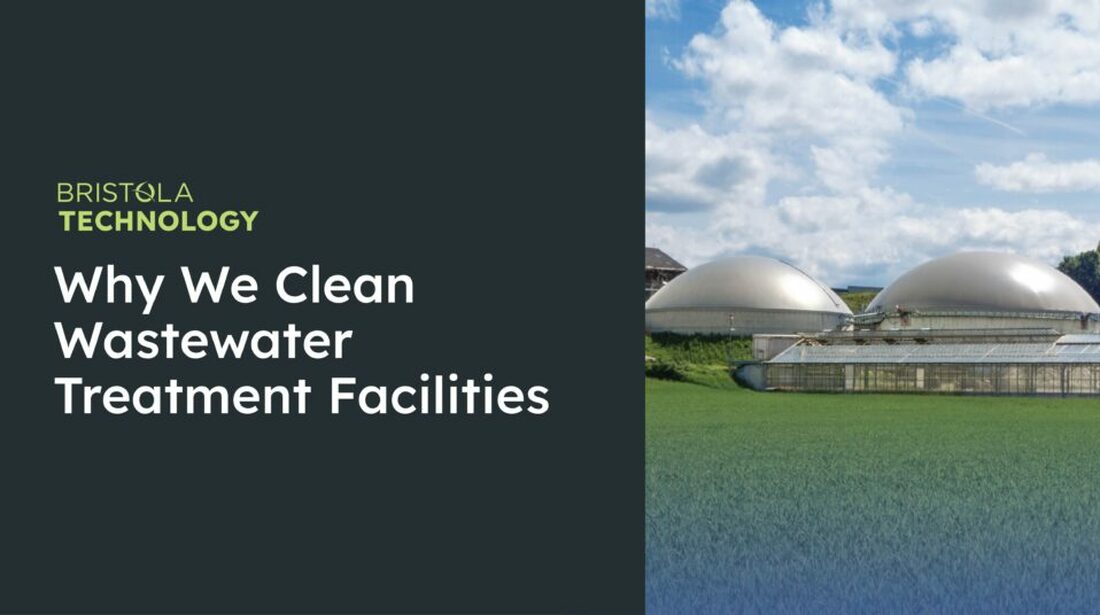Like any other liquid storage facility, wastewater treatment plants need periodic cleaning and maintenance to ensure they function properly and efficiently. Routine inspection and cleaning of these facilities are vital to their health and productivity.

Wastewater treatment facilities are essential for maintaining public health and environmental sustainability. These facilities are responsible for treating and removing pollutants from wastewater before it is released back into the environment. However, in order for these facilities to function efficiently, they must also be regularly cleaned.
Cleaning Wastewater Treatment Facilities
Cleaning wastewater treatment facilities involves regular maintenance tasks, including removing debris, sludge, and sediment and inspecting and repairing equipment. Specialized wastewater tank cleaning methods may be used to address certain issues. If these issues are not addressed, it can result in untreated wastewater being released into the environment, posing a threat to public health and causing ecological damage.
Removing sludge from wastewater treatment facilities often involves a combination of mechanical and biological processes. Mechanical methods include the use of equipment like sludge pumps, dredges, etc. to physically remove the sludge from sedimentation tanks or other storage basins. Biological methods include using microbes that naturally break down organic matter in the sludge, thus making it easier to handle. Additionally, some facilities use dewatering processes to separate water from the sludge. Each plant may use specific sludge cleaning techniques based on their unique requirements. Whatever the method used, routine cleaning is crucial for maintaining the efficiency of the treatment process.
Some facilities of the wastewater treatment industry that need routine maintenance and cleaning include:
- Clarifiers
- Cooling Towers
- Sludge Tanks
- Biosolids
- Sediment
- Lime
- Retention
- Anaerobic & Aerobic Digesters
Risks of Not Regularly Cleaning Wastewater Treatment Facilities
- Increased Pollution. If wastewater treatment facilities are not cleaned regularly, they may stop functioning properly. This can lead to the discharge of untreated or partially treated wastewater into the environment, which results in increased pollution in bodies of water and harm to aquatic ecosystems.
- Spread of Disease. Inadequately cleaned wastewater treatment facilities can become breeding grounds for harmful bacteria, viruses, and more. This can lead to the spread of diseases and pose a risk to the health of both humans and animals.
- Equipment Damage. The build-up of debris, sediment and sludge in wastewater treatment facilities can cause damage to pumps, pipes, and other equipment, leading to increased maintenance costs and potential system failures.
- Regulatory Noncompliance. Regular cleaning and maintenance of wastewater treatment facilities are often required by environmental regulations, and failure to meet these requirements can result in fines, penalties, or worse.
- Odor. A lack of regular cleaning can lead to the build-up of organic matter and sludge, which can produce foul odors and attract pests. This negatively affects local residents and businesses.
- Increased Operational Costs. Inefficient operation and increased energy consumption can result from neglecting regular cleaning and maintenance of wastewater treatment facilities. This leads to higher operational costs and decreased overall efficiency.
- Public Health Risks. Untreated or partially treated wastewater can contain a range of harmful substances, including toxins, heavy metals, and chemicals. If these substances are released into the environment due to a failure to clean the facility, they can pose serious health risks to people and wildlife.
The Future of Clean for Wastewater Treatment Facilities
For wastewater treatment facilities, Bristola is revolutionary. Our patented technology eliminates costly downtime and the danger of traditional wastewater tank maintenance. This zero-human-entry system uses a one-of-a-kind entry port that allows a robot to enter your tank or covered lagoon directly. It is a safer, more efficient, and economical solution for cleaning wastewater treatment facilities.
For more information on a better way to clean your wastewater treatment plant, contact Bristola today.
